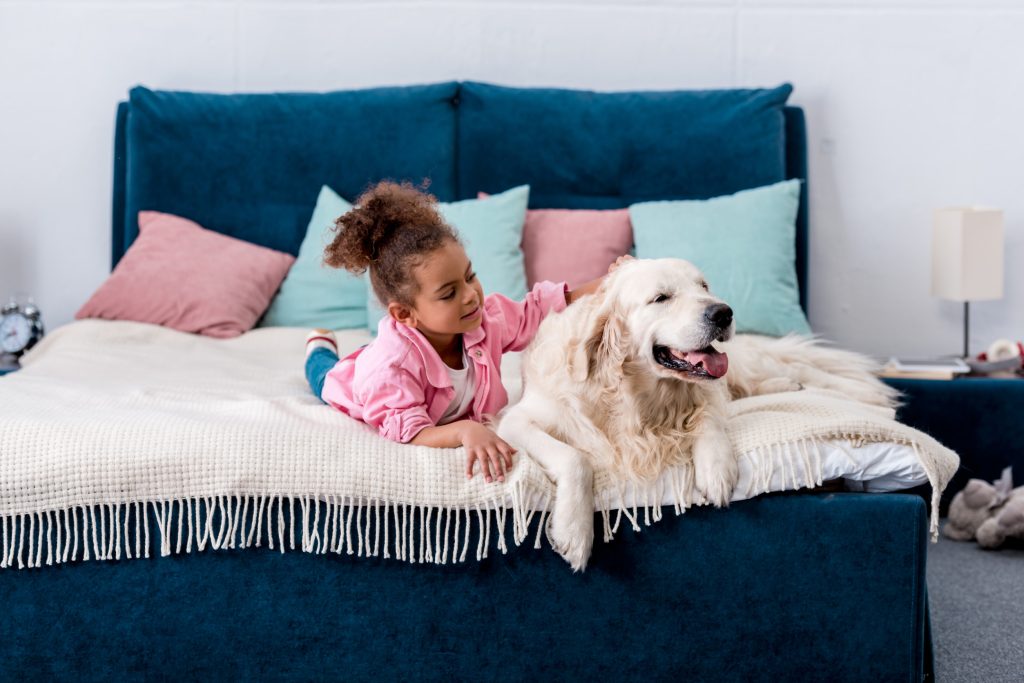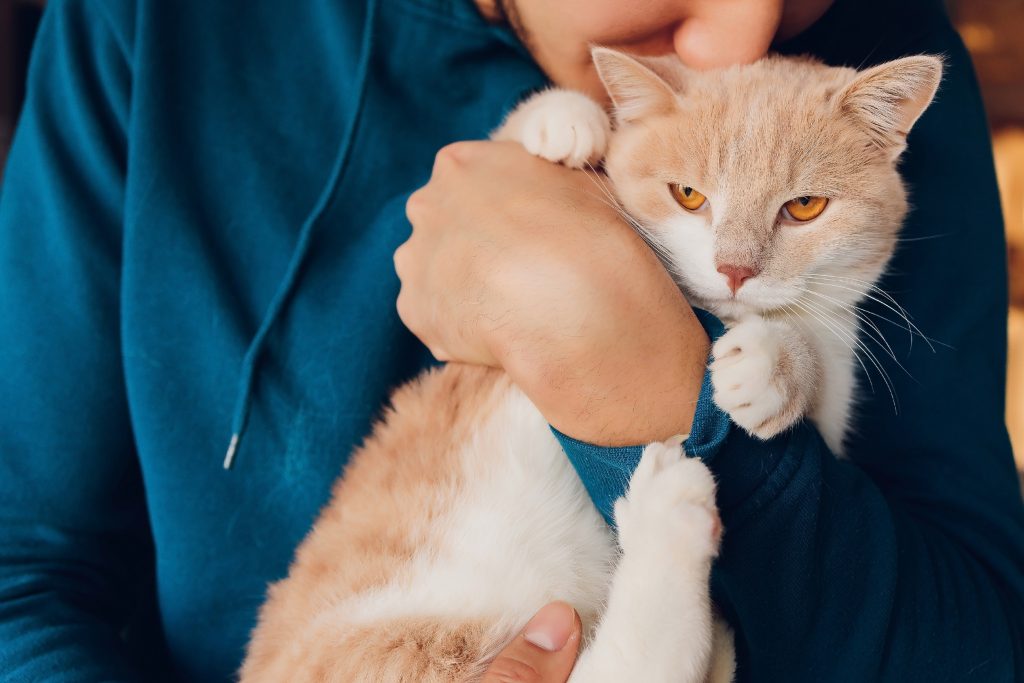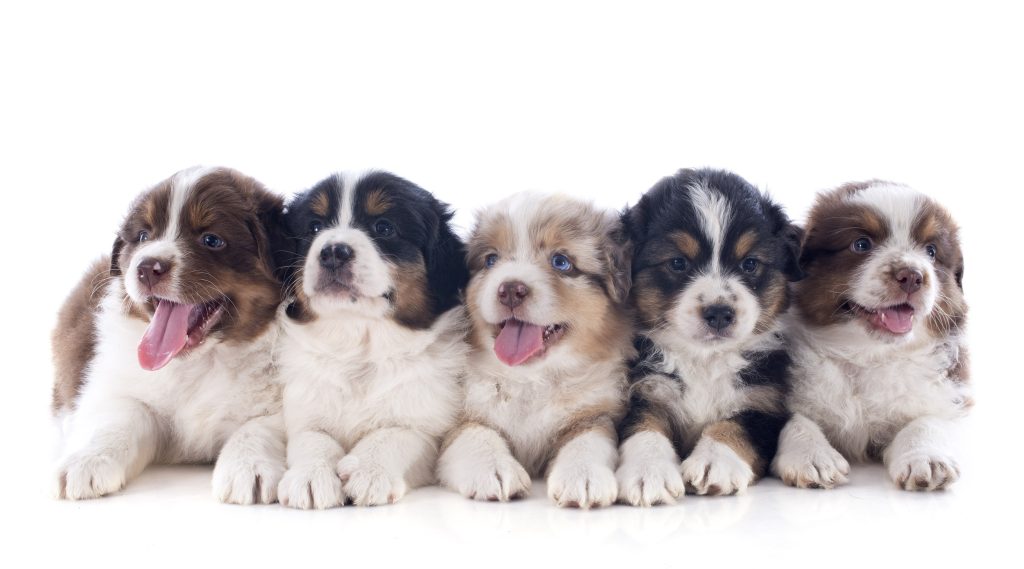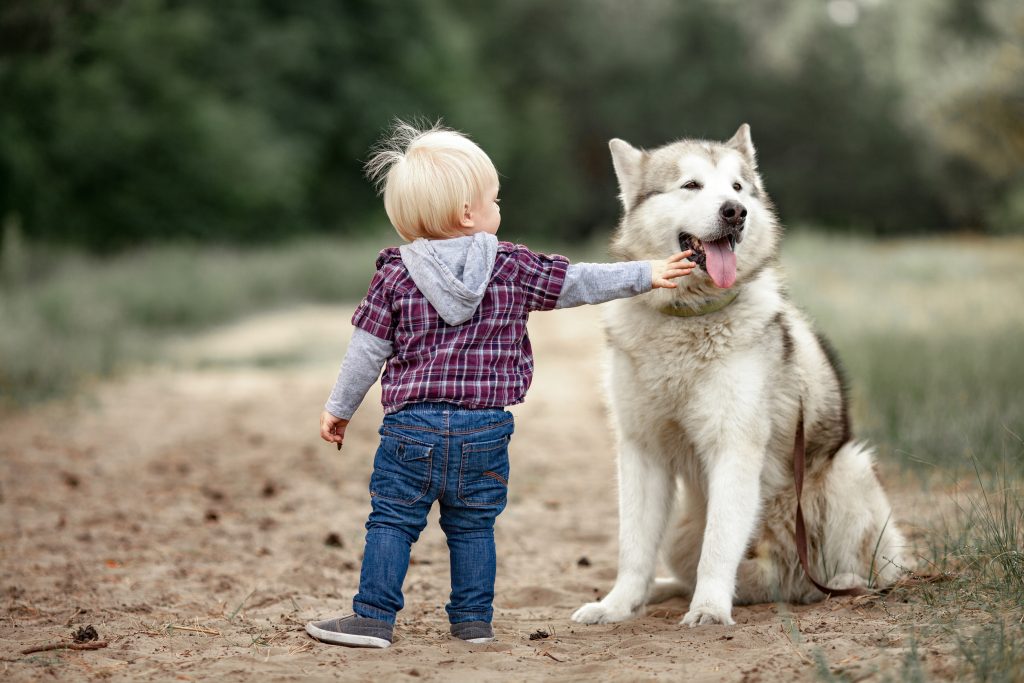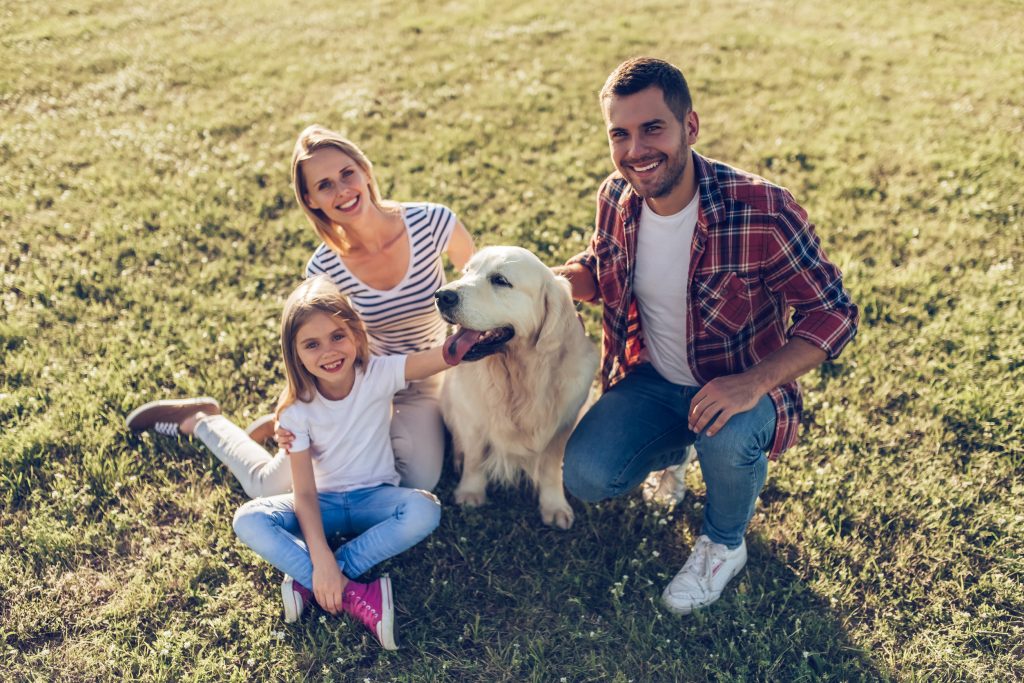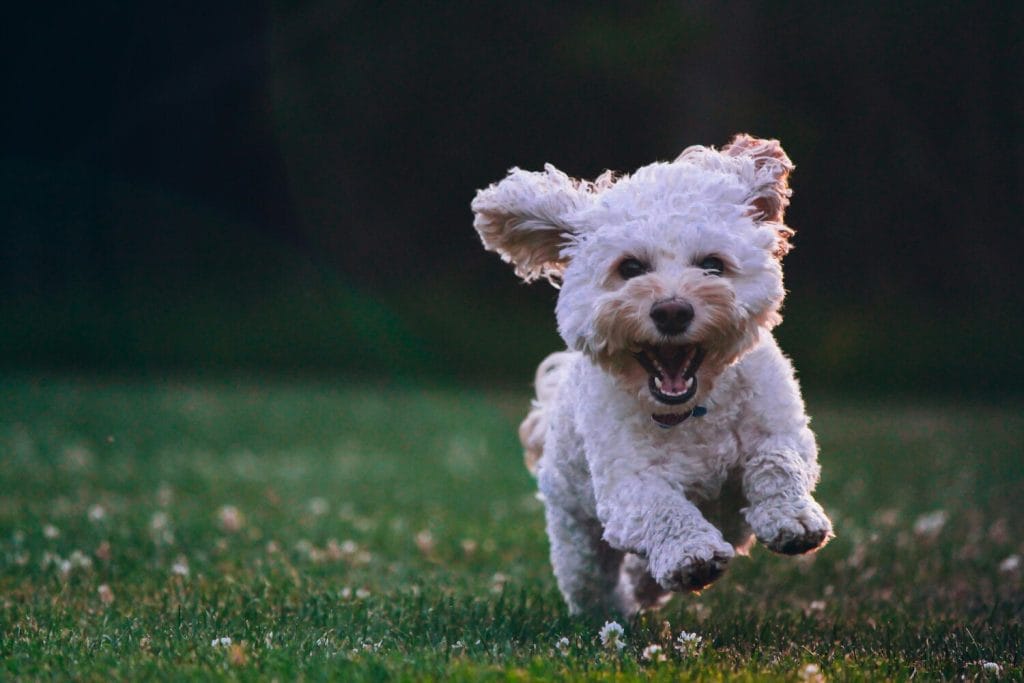
Long before the positive test or the missed period, someone in your home might have already figured it out—and they walk on four legs. Animals have incredible instincts, and if you’re a pet owner, there’s a good chance your furry friend picked up on your pregnancy before you even suspected it. Whether it’s a change in scent, energy, or behavior, pets are incredibly tuned in to the people they love. If your dog suddenly wouldn’t leave your side or your cat started acting like a protective shadow, you’re not imagining it. Here are eight surprising and heartwarming ways your pet knew you were pregnant before you did.
1. Sudden Attachment and Clinginess
One of the first signs that your pet knew you were pregnant could be how unusually clingy they became. Dogs and cats are incredibly responsive to hormonal changes, and pregnancy creates major shifts in your scent and energy. Your pet may start following you everywhere, refusing to leave your side even for a moment. While it might feel like you’re suddenly being stalked, it’s really a show of loyalty and love. They know something’s different, and they want to be close to you during the change.
2. Guarding Behavior Kicks In
Did your usually friendly pup start barking at guests or getting between you and strangers? That protective streak might be a sign your pet knew you were pregnant. Pets can sense vulnerability or major life shifts in their humans and may respond by going into guard mode. Even mellow animals can become watchful, sleeping near your bed or positioning themselves between you and anything they perceive as a potential threat. It’s their instinctive way of protecting what matters most—including the baby they somehow already sense.
3. Sniffing Your Belly More Than Usual
Animals rely heavily on scent, and when you’re pregnant, your body chemistry changes dramatically. One of the ways your pet knew you were pregnant may have been through their nose. Many pets suddenly show interest in your midsection, sniffing or even nuzzling your belly. It’s not just curiosity—they’re likely detecting hormonal shifts or changes in your pheromones. It may seem strange, but to your pet, you’re literally smelling different—and they’re determined to investigate.
4. Changes in Sleep and Cuddle Habits
If your cat who usually sleeps at the foot of the bed is suddenly curled up near your abdomen night after night, it’s not a coincidence. Pets often respond to pregnancy by becoming more physically affectionate and changing their sleeping patterns to stay closer to you. Some dogs may rest their heads on your stomach, while cats may drape themselves protectively across you. These subtle shifts often go unnoticed until you realize they began before you even knew you were expecting.
5. Behavioral Changes or Mood Swings
While some pets become more loving, others react with confusion or even agitation. Your pet might act withdrawn, moody, or begin acting out with behaviors like chewing, scratching, or having accidents in the house. This isn’t misbehavior—it’s their way of expressing that something feels off. Another way your pet knew you were pregnant could be their response to emotional tension or the physical changes in your body, even if they didn’t understand it fully. Once they adjust, many settle into the role of gentle protector.
6. Acting Anxious or Overly Alert
A pet who suddenly paces, whines, or becomes more vocal may be reacting to the invisible changes in your body and home environment. Dogs and cats are intuitive and can become anxious when they sense uncertainty. This heightened alertness might include staying awake at night, jumping at noises, or sticking closer to you in unfamiliar settings. Their senses are picking up on things you aren’t even aware of yet, and their response can be both touching and overwhelming.
7. Losing Interest in Play
If your playful pet suddenly seems less interested in toys or running around, it could be another way your pet knew you were pregnant. Just as they become more protective or affectionate, they may also tone down their energy levels around you. Pets are often surprisingly gentle when they sense their humans are more vulnerable. While it’s easy to worry something is wrong, this calm shift could just be their way of adapting to the changes ahead.
8. Nesting Alongside You
Pets are known to mimic their human companions, and if you’ve been nesting—organizing, cleaning, and prepping—they might join in. Some dogs begin dragging blankets to quiet corners, while cats might claim the nursery rocker as their new favorite spot. Their behavior reflects not only their awareness that something big is coming but their desire to be part of it. This nesting behavior is one more sweet way your pet shows they knew what was happening all along.
Trust the Paws That Know You Best
Your pet may not be able to read a pregnancy test, but their natural instincts often pick up the signs long before you do. From guarding you like a bodyguard to sniffing your belly with laser focus, these furry family members have a way of tuning into your life’s biggest changes. When you look back, you may realize your pet was one of the first to know—and they were trying to show you in their own loyal, lovable way.
Did your pet act differently before you found out you were pregnant? Share your story in the comments—we’d love to hear how your furry friend reacted!
Read More:
How to Ease Back Pain During Pregnancy
The Ultimate First Year Baby Budget Guide
Catherine is a tech-savvy writer who has focused on the personal finance space for more than eight years. She has a Bachelor’s in Information Technology and enjoys showcasing how tech can simplify everyday personal finance tasks like budgeting, spending tracking, and planning for the future. Additionally, she’s explored the ins and outs of the world of side hustles and loves to share what she’s learned along the way. When she’s not working, you can find her relaxing at home in the Pacific Northwest with her two cats or enjoying a cup of coffee at her neighborhood cafe.
